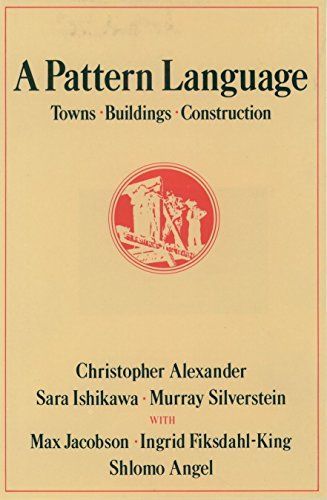
Reviews
Sarah Sammis@pussreboots
Andrew Louis@hyfen
0xADADA@0xadada
Jayme Cochrane@jamesco
Darius/Design@dariusdesign
W F@gndclouds
Yuval Shoshan@yuvals
Shibashankar Sahoo@shibhash
Simon Lund Larsen@marsnielson
Julien Sobczak@julien-sobczak
Kait Long@kaitlong
Felix Jamestin@felixjamestin
Steve C@markspace
Lewis Martin@lewism
Joshua Line@fictionjunky
Christian Beck@cmbeck
Jake Holloway@jakeish